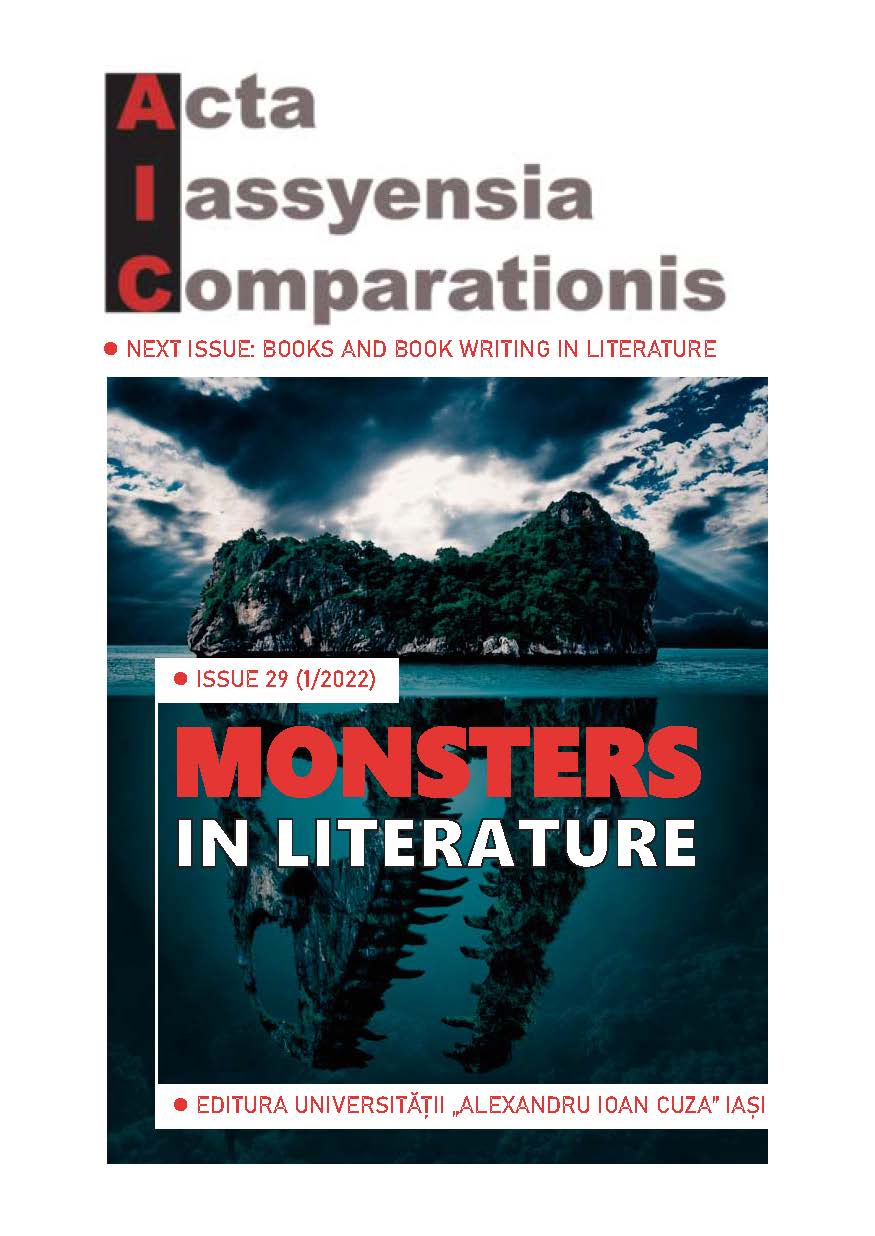Hunger, Monstrosity, and Race in Helen Oyeyemi’s White is for Witching
Hunger, Monstrosity, and Race in Helen Oyeyemi’s White is for Witching
Author(s): Laura-Victoria STOICASubject(s): Gender Studies, Studies of Literature, British Literature
Published by: Editura Universităţii »Alexandru Ioan Cuza« din Iaşi
Keywords: postcolonialism; feminism; corporeality; the Gothic; monstrosity;
Summary/Abstract: Helen Oyeyemi is a British-Nigerian writer whose works explore fluid articulations of ethnicity, race, and identity. In her third novel, White is for Witching (2009), a White British girl, Miranda, and her Black British friend Oreare are “devoured” by the cycle of oppression and consumption enacted by Miranda’s forefathers upon their Black servants. Thus, the difficulty of upholding racial and ethnical binary oppositions becomes the main recurrent theme in Oyeyemi’s novels and short fiction. By extensively using folklore and mythology, Oyeyemi delves into the human psyche to explore the universal fear of the Other, and the construction of identity. Most importantly, her novels seek to find out whether globalization and the readily available access to other cultures have facilitated or hindered genuine communication. Focusing on intercultural hybridity and communication, her novels strongly encourage a postcolonial interpretation. White is for Witching tackles borders and the construction of borders as part of racial and national identity. This article will seek to analyze and deconstruct the consumption of the Black Body as a representation of racial anxieties and transgenerational trauma, while also looking into the transformations performed by Helen Oyeyemi on the Gothic genre in an attempt to accommodate postcolonial narratives. Intrying to tread the fine line between fiction and reality, the personal and the collective, Miranda and Ore’s story will be explored in order to reinforce the issue of liminality and the novel’s articulation of the “transatlantic Gothic” (Porter, 2013: 23). The article will call into question the relationship between race and its representations, while also highlighting the role of imagination in the delineation of group identity.
Journal: Acta Iassyensia Comparationis
- Issue Year: 1/2022
- Issue No: 29
- Page Range: 149-160
- Page Count: 12
- Language: English

